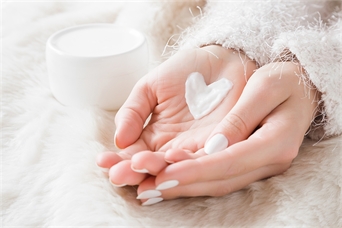
Concern about the safety of product ingredients has led to significant growth in the sale of natural skincare products. A recent editorial titled, “Natural Does Not Mean Safe—The Dirt on Clean Beauty Products” (JAMA Dermatol. 2019;155(12):1344-1345.) points out that science refutes many assertions by those who promote natural skincare/clean beauty products.
The FDA has failed to define clean and natural, leaving these labels open to interpretation by non dermatologist retailers, bloggers, and celebrities who have set out to define clean beauty for themselves. According to the article, hundreds of compounds have been arbitrarily demonized without scientific backing by the clean beauty movement. A couple examples include petrolatum, an excellent and economical moisturizer for severely dry skin, and parabens, which are some of the least allergenic preservatives available and were named 2019 nonallergen of the year by the American Contact Dermatitis Society. By contrast, many so-called natural products contain high concentrations of botanical extracts that are a leading cause of irritant or allergic contact dermatitis and photosensitization (sun sensitivity).
The Environmental Working Group’s (EWG), a powerful force driving the clean beauty dialogue, scores thousands of products based on the putative toxicity of their ingredients, but their method for assessing risk doesn’t seem to be backed by data and their claims are not always uniformly agreed on by a broad consensus of experts. The bottom line is that natural is a marketing term that does not necessarily mean safer or more effective. If you have questions regarding the safety of your skincare products please speak to your dermatologist during your next office visit.


